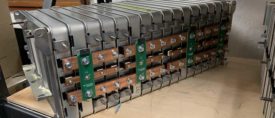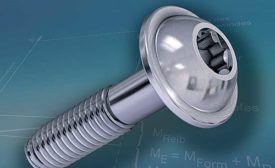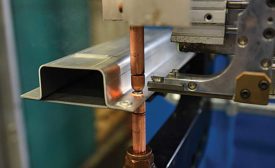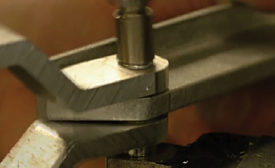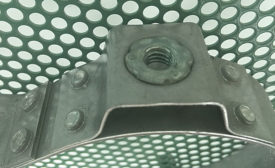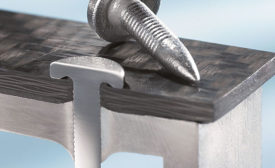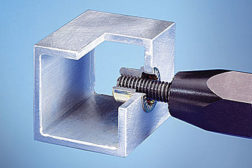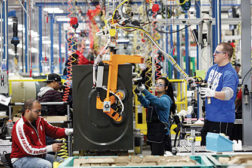Home » Keywords: » sheet-metal assembly
Items Tagged with 'sheet-metal assembly'
ARTICLES
A new process, injection lap riveting, is showing promise for joining dissimilar metals.
Read More
Screwdriving for Sheet Metal Assembly
High-strength alloys and ever-thinner gauges are complicating the process of fastening sheet metal assemblies
July 10, 2018
Resistance Spot Riveting
A new joining method for sheet metal combines traditional riveting with resistance spot welding.
January 5, 2017
Assembly With Rivet Nuts
New fastener and tool designs are increasing the utility of rivet nuts.
August 5, 2014
Techniques for Joining Sheet Metal
The ongoing push for thinner sheets is challenging engineers.
June 3, 2013
Never miss the latest news and trends driving the manufacturing industry
Stay in the know on the latest assembly trends.
JOIN TODAY!Copyright ©2024. All Rights Reserved BNP Media.
Design, CMS, Hosting & Web Development :: ePublishing
